
Well that was another difficult year. Once again, lockdowns and travel limits have got between us and the hills, particularly for the first few months of 2021, when only lucky local residents of mountain areas had much chance to get out. Of course, if a lack of the outdoors was the limit of your problems then you were probably doing well in the scheme of things, but that needn't stop us agreeing what an almighty pain it was for anyone deprived of their regular walking fix.
But it wasn't all bad. As the last days of 2021 fade out, and the pandemic rolls on into 2022, promising yet more potential disruption to outdoor business as usual, we take a moment to look back on the news highlights of the past 12 months.
February - Cairngorms rendered for hill-starved gamers
Local travel limits meant not a lot of hill action for many people over winter and early spring. One novel response was to rebuild them using the popular kid's computer game Minecraft.
"I came up with the idea after an event we planned in March 2020 was cancelled due to COVID-19 and there was a need to come up with an alternative method of engagement. Initially, the idea of using Minecraft was a reaction to this, as it enabled the engagement to take place remotely, however it has developed into something that clearly has wider practicalities" said Dan Harris, Planning Manager at the Cairngorms National Park Authority (CNPA), who built the virtual world in his spare time using open data from Ordnance Survey and Forest and Land Scotland.
Here's a recognisable Fiacaill Ridge - with added bushes:
It took Dan – whose hobby is creating massive, detailed and meticulously researched historically themed LEGO models – three months to create the online Cairngorms Minecraft map.
April - Hillwalking gets an extreme image makeover
Everything needs a re-brand once in a while, and this spring it's the turn of rambling, when the BMC announces that hillwalking is to be renamed 'Wild Walking'. This brings the activity into line with other extreme pursuits that naturally take place in the wilderness, such as Wild Swimming in the Thames, and Wild Camping by the A82.
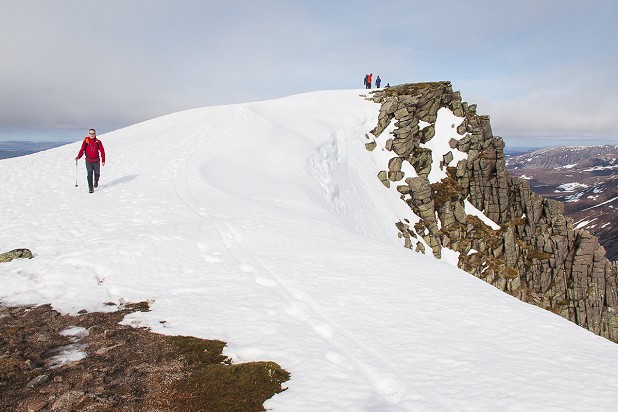
Hillwalkers have long agonised over the appropriate terminology to describe their activity, sitting as it does in that awkward-to-define grey zone between country strolls and extreme alpinism. But not everyone is happy with the change.
"Walking was just walking before adrenaline sports started getting marketed to the masses" mutters traditionalist Musty Greybeard. "Then everyone had to start upping the ante in order to sell more boots. Now Wild Walking. Why do people feel the need to attach labels to everything?!"
Why indeed.
May - Pennine Way scalp for John Kelly. Again.
In recent times the speed record for the fastest Pennine Way has swapped between two runners. For the second time in less than a year, John Kelly sets a new time for the 268-mile route, running it in just 2 days, 10 hours and 4 minutes. This restores the Pennine Way title to the UK-based American runner, beating the previous fastest time of 2 days, 13 hours and 34 minutes set by Damian Hall in July 2020.
During an explosion in ultra running speed records that took place over last year's summer hiatus between lockdowns, the Pennine Way record changed hands between the two runners in rapid succession, when John Kelly first recorded a time of 2 days, 16 hours and 46 minutes on 16th July 2020, only to see his effort bettered two weeks later by Damian Hall.
The 'rivalry' between the two could best be described as good humoured:
Unless that earthquake arrives or a Krispy Kreme factory opens en route, I won't be the owner of the Pennine Way record much longer.
— Damian Hall (@Ultra_Damo) May 17, 2021
A, Can anything stop @RndmForestRunnr?
B, What should I do with my last few hours as record holder, other than sob uncontrollably? #SweatTeavenge pic.twitter.com/lcovaoTwaH
June - Wainwrights record for Sabrina Verjee
June's long daylight hours make it a great time of year to go large, a fact not lost on Sabrina Verjee when she once again demonstrates her class as an ultra distance runner, completing a continuous round of the 214 Wainwright fells in an amazing record time of just 5 days, 23 hours, 49 minutes and 12 seconds - in the process cutting over six hours from the previous fastest known time set in 2019 by Paul Tierney.
This was her third attempt at the round of all 214 Lakeland fells, which covers around 500km distance and includes roughly 36,000m ascent.
"I am very tired and very happy" she says after finishing.
"This time, my body held out better than I expected and I was able to maintain a good pace throughout. The Wainwrights have become an obsession and I felt that I could and should complete a round in under six days, so I am over the moon to have proved myself right.
"Once again, I had a big support group and they have all been absolutely amazing. I could not have done this without them – it was a fantastic team effort. More than anything, it has been brilliant to spend even more time out on the glorious Lakeland fells in the company of good friends. And if what I have done inspires more people – especially girls and women – to get out there and challenge themselves, then that's an added bonus."
June - Continuous round of the UK's 'big four'
Runner Ross Jenkin becomes the first person to complete a continuous circuit of the UK's 'big four' hill rounds - the Paddy Buckley Round in North Wales, the Denis Rankin Round in Northern Ireland, the Ramsay Round in Scotland, and the Bob Graham Round in the Lake District.
He managed the first two within 24hrs apiece, but the Ramsay Round took over 26 hours, and he completed the Bob Graham in 29:48 as fatigue finally began to show. His support team reported that in the final stages Jenkin was still climbing well, but downhill sections were causing him considerable discomfort.
Jenkin is raising funds for CALM (Campaign Against Living Miserably)
"I suffer from depression, so I wanted to encourage others to do something which helps their own mental health" he says at the finish. "I can safely say that I am stronger now than I was before all this. Don't man-up, speak-up!"
July - Google Maps get a slating for dodgy Ben Nevis route
Mountaineering Scotland and the John Muir Trust issue a warning against trying to follow a 'life threatening' online route on Britain's highest mountain, courtesy of the algorithms at hillwalking non-experts Google Maps.
Heather Morning, Mountaineering Scotland's Mountain Safety Adviser, says: "For those new to hill walking, it would seem perfectly logical to check out Google Maps for information on how to get to your chosen mountain. But when you input Ben Nevis and click on the 'car' icon, up pops a map of your route, taking you to the car park at the head of Glen Nevis, followed by a dotted line appearing to show a route to the summit."
Heather added: "Even the most experienced mountaineer would have difficulty following this route. The line goes through very steep, rocky, and pathless terrain where even in good visibility it would be challenging to find a safe line. Add in low cloud and rain and the suggested Google line is potentially fatal."
Savvy hillgoers would be unlikely ever to rely on a mapping app designed more for city streets than mountain trails, but the Ben Nevis demographic is a broad one, and includes many who can be forgiven for not knowing better. Other Munros have also been flagged up as an issue.
August - Anna Troup breaks women's Pennine Way record
Britian's original long distance trail is once again in the running headlines when Anna Troup sets a new women's time of 72 hours 46 minutes 37 seconds on the classic 268-mile route from Edale to Kirk Yetholm, beating Sabrina Verjee's 2020 time of 74 hours 28 minutes by a convincing margin.
Dot watchers are treated to a white knuckle finish as her pace slows towards the end. By the summit of The Cheviot she is nearly 2.5 hours down on schedule, while the imaginary figure of Sabrina Verjee creeps closer along the border ridge behind. But perseverance pays off, and in a display of incredible determination Anna storms the final long descent into Scotland to cross the line with a new record.
August - New Marilyn identified in Wales
Rhinog Fach is added to the list of Marilyns, following a re-survey of its relative prominence. The peak, arguably the most impressive in the Rhinogydd, counts as a really significant addition to the list of (now) 1556 summits.
A Marilyn is any hill in Britain that has a minimum drop of 150m, irrespective of its overall height. Authored by Alan Dawson, the list was originally published by Cicerone Press in 1992 in the book The Relative Hills of Britain, and has become a popular objective for ambitious baggers.
Avid hill surveyor Myrddyn Phillips established Rhinog Fach's Marilyn status, having established the height of the summit and the col below using some pretty specialist equipment.
"Rhinog Fach has been in need of a survey for many years and it is great news that Myrddyn has done it and made this discovery" says Alan Dawson.
September - 282 Munros in as many days
No speed records, but an unqualified achievement nonetheless, when Highlands-based hillwalker Shona Macpherson completes a round of all Scotland's 282 Munros, at an average rate of one per day - in the process raising thousands of pounds for mental health charity Mikeysline.
November - COP26 comes to Glasgow
The world's governments come together in Scotland to attempt to tackle the climate emergency. While the measure of their success is at best debatable, the gathering does allow civil society to demonstrate the depth of feeling on the subject. Activists flock to Glasgow from all corners of the UK and the world, with fringe events and eye catching demonstrations serving as a vibrant contrast to the rather glacial pace of official negotiations.
Many activists choose to travel to Glasgow on foot, making the journey itself part of the message.
"We travelled to COP26 to fight for the planet" explains Helen Locke, a London-based Mountain Leader who guided Camino to COP26, a 500-mile group walk from two points in the south of England, London and Bristol, to Glasgow. "Campaigning for real action on the climate could be the most important thing we'll do in our lifetimes. Walking all the way demonstrated that commitment."
On cue, a stark example of the effects of climate change is provided by news that Scotland's semi-perennial snow patches have all melted this year:
But the message from COP26 was not all doom and gloom. UKC's Natalie Berry attended many events in Glasgow, and here's her summary of the conference:
December - First winter Wainwrights round
James Gibson battles darkness, snow and Storm Barra to pull off the first continuous round of all 214 of Lakeland's Wainwright fells in winter. His time of 8 days, 6 hours, 44 mins sets quite a challenge to future contenders - and it's not just winter on the calendar, but winter on the ground too for much of the journey, a fact that really cements the achievement.
James spent the first few days unofficially 'racing' another runner, Tom Hollins, before Hollins pulled out. Later in the round he then took the wise decision to sit out the worst of Storm Barra. After this enforced lay-off, even deep snow didn't seem to hold him back...
December - Woodland Trust go large in Wester Ross
A conservation good news story for the end of the year, when it's announced that the Woodland Trust have bought the Couldoran Estate in Wester Ross. Currently in a poor state, they aim to manage the estate jointly with their adjoining land at Ben Shieldaig to create a huge area of regenerating native woodland, and a mosaic of other natural habitats. Perhaps one day a squirrel will be able to travel from Loch Torridon to Loch Kishorn without once touching the ground...



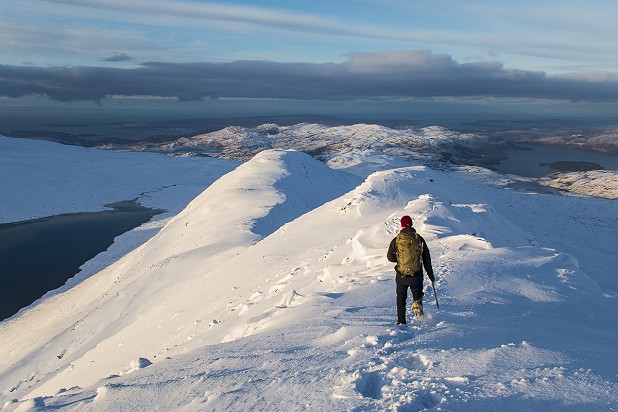
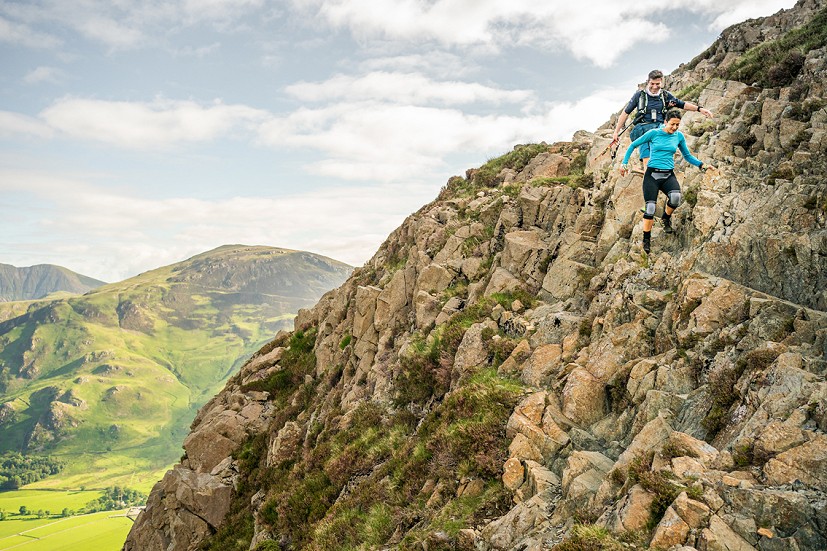
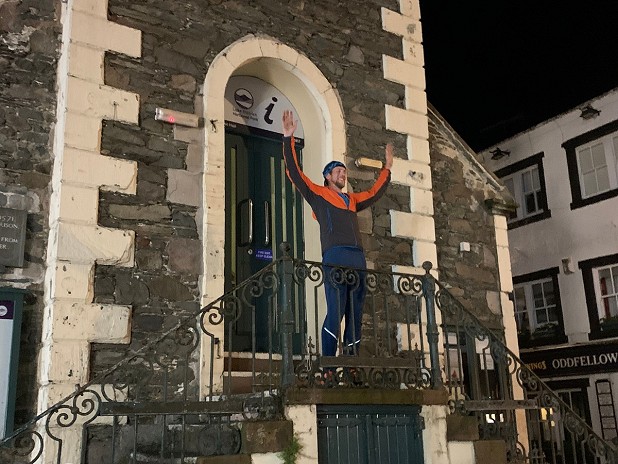

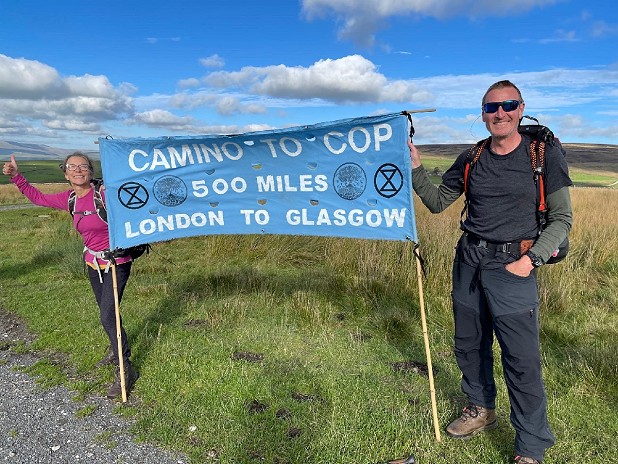





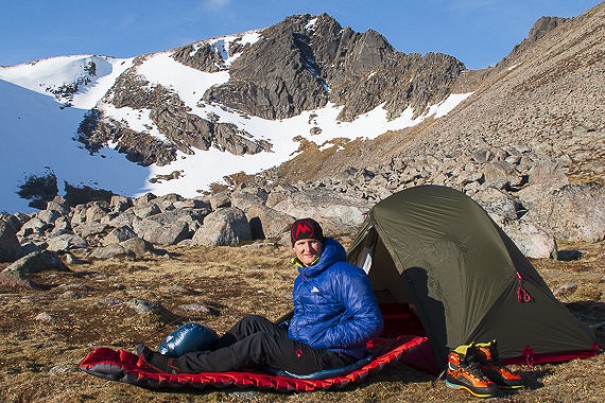


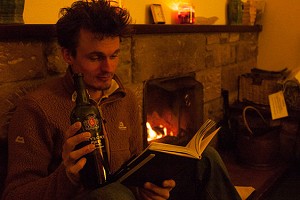
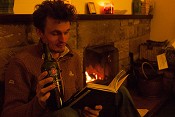
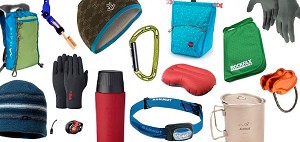

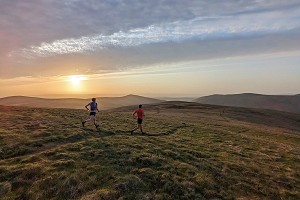

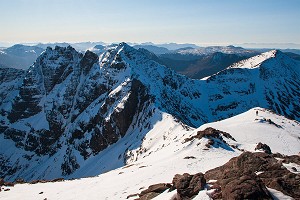
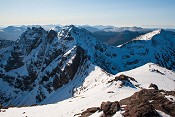
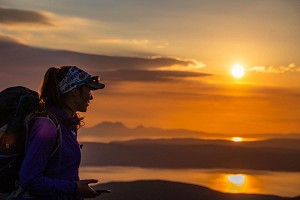

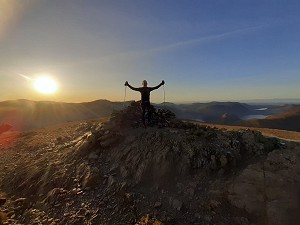
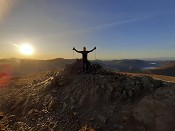
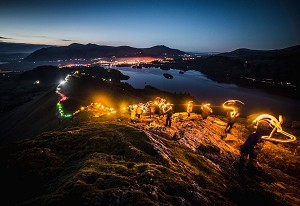
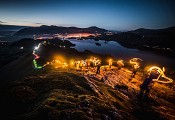
Comments